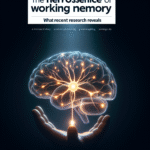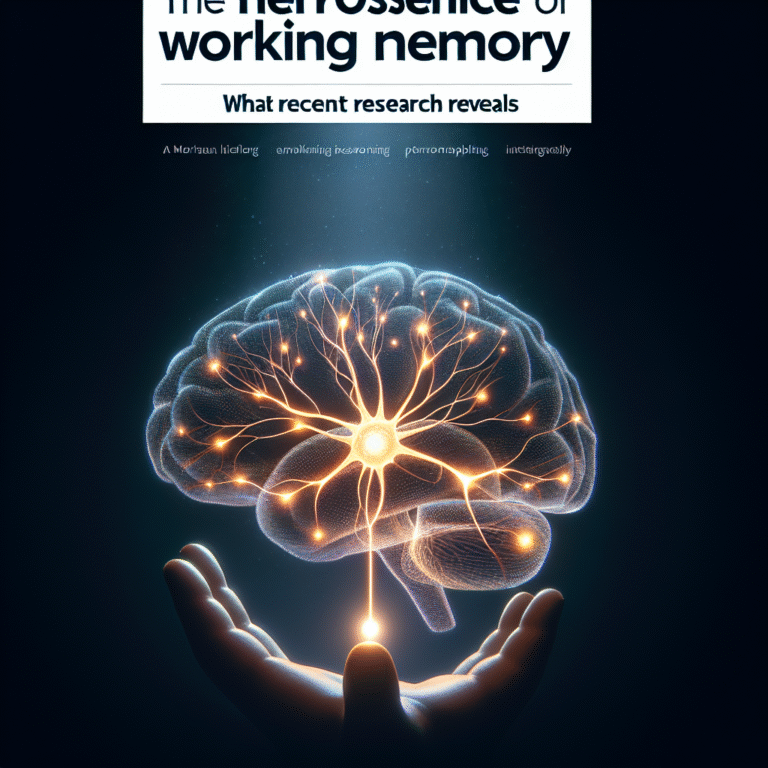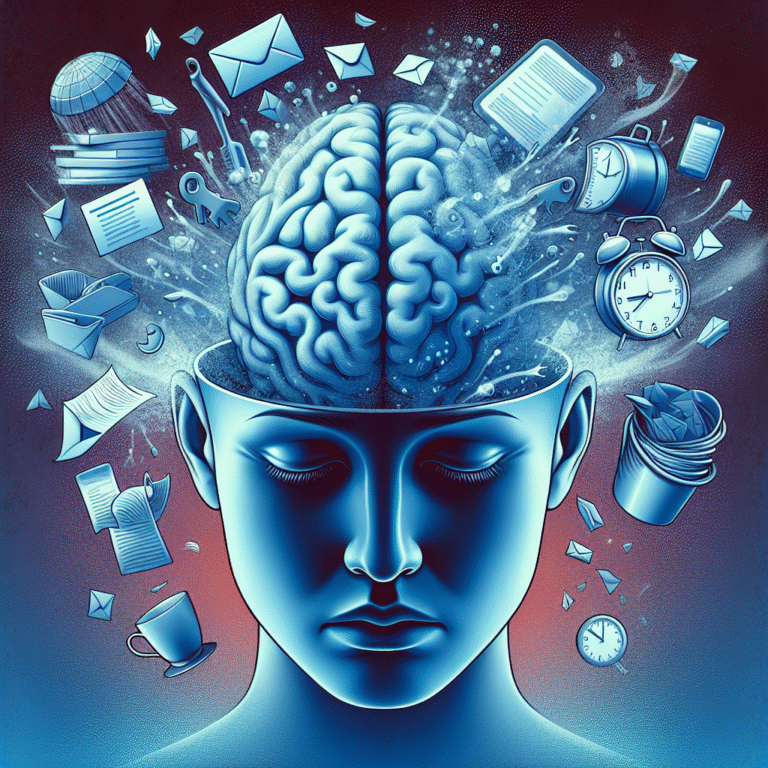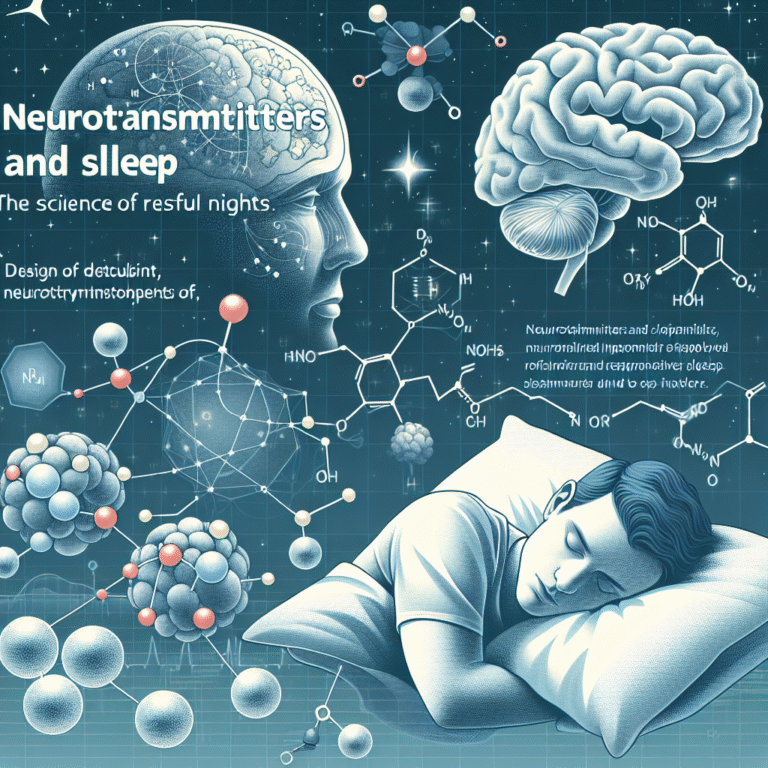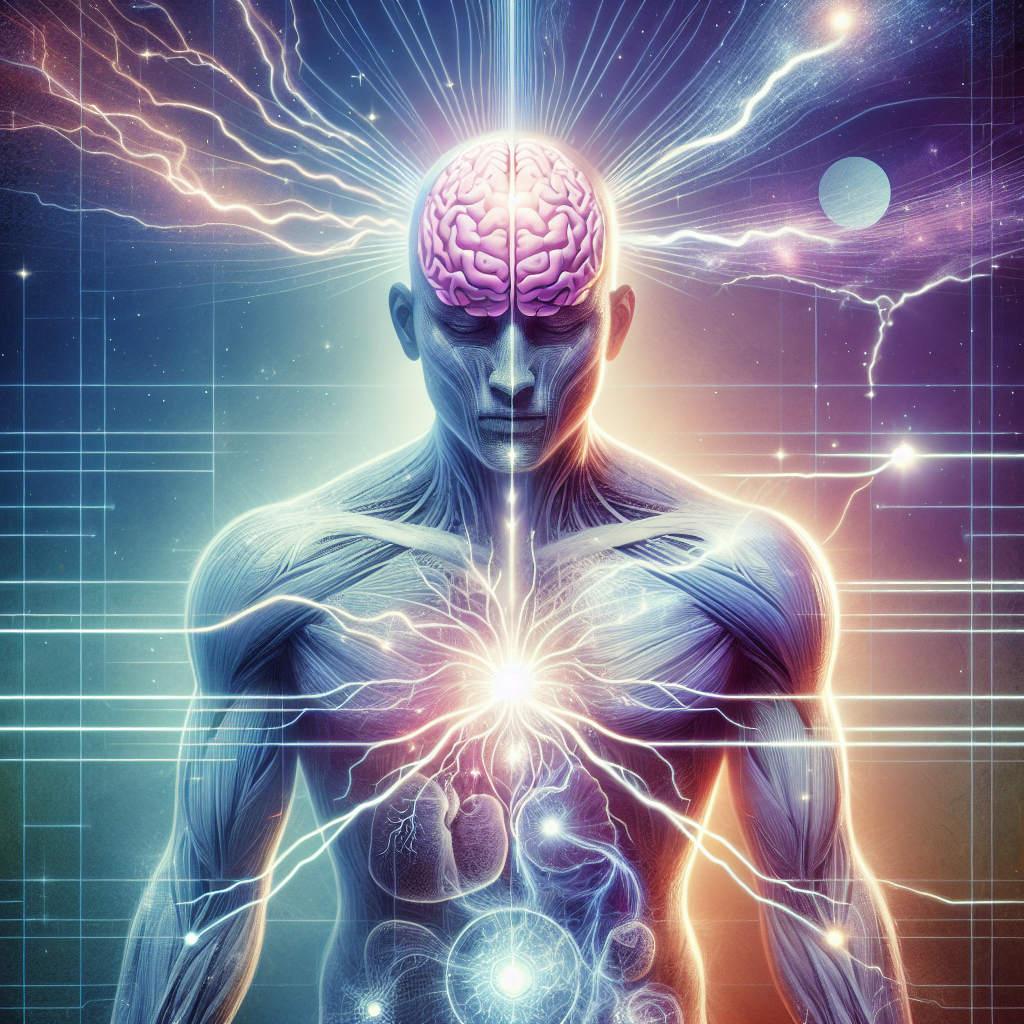
Introduction
Imagine being trapped in a labyrinth, where every twist and turn reflects not just physical pain but also emotional turmoil. Welcome to the world of psychosomatic disorders—a captivating intersection of mind and body that emphasizes the extraordinary power of healing from within. As modern science unveils deeper insights, we’re learning that our emotions and thoughts can significantly influence our physical health. This article offers a comprehensive exploration of Healing from Within: The Science Behind Psychosomatic Disorders, illuminating how acknowledging and addressing our inner experiences can lead to profound physical healing.
Understanding Psychosomatic Disorders
What Are Psychosomatic Disorders?
Psychosomatic disorders are medical conditions where psychological factors significantly contribute to the manifestation of physical ailments. Symptoms may manifest in various forms, including chronic pain, gastrointestinal issues, and respiratory problems, all rooted in emotional states and mental health.
Historical Context
The concept of psychosomatic disorders isn’t new. Ancient cultures, such as those in Greece and Egypt, recognized the mind-body connection. As we progressed through the ages, thinkers like Sigmund Freud and Carl Jung brought more attention to this phenomenon, laying the groundwork for bridging psychological and physiological understanding.
The Science Behind Psychosomatic Disorders
Biopsychosocial Model
A key framework in understanding psychosomatic disorders is the biopsychosocial model. This model emphasizes that health and illness are products of biological, psychological, and social factors rather than pure physiological conditions alone.
- Biological Factors: Genetics, neurochemistry, and physiological conditions.
- Psychological Factors: Stress, trauma, emotional well-being.
- Social Factors: Relationships, cultural norms, and socio-economic status.
This holistic view underscores the essence of Healing from Within: The Science Behind Psychosomatic Disorders.
Neurobiology of Emotion and Pain
Emotions can trigger physiological changes in the body. For example, the autonomic nervous system regulates involuntary functions, and when we’re stressed or anxious, it can lead to heightened pain perception or the exacerbation of chronic conditions.
The Gut-Brain Connection
Research increasingly supports the link between the gut and brain, which is crucial in understanding psychosomatic disorders. Gut health can affect mental well-being and vice versa, reinforcing the principles behind healing from within.
Case Studies: Real-World Applications
Case Study 1: Chronic Pain Management
Subject: Lucy, a 35-year-old woman suffering from chronic back pain.
Background: After multiple physical therapies yielded minimal relief, Lucy consulted a psychologist. Through cognitive-behavioral therapy (CBT), she uncovered that suppressed emotions related to past trauma manifested as physical pain.
Analysis: This case illustrates that addressing the psychological components facilitated Lucy’s healing journey—a testament to Healing from Within: The Science Behind Psychosomatic Disorders.
Case Study 2: Stress-Induced Gastritis
Subject: Mark, a 45-year-old executive, experienced severe gastritis exacerbated by workplace stress.
Background: Traditional medical interventions only provided temporary relief. Introducing stress management techniques such as mindfulness reduced symptoms significantly.
Analysis: Mark’s experience reflects the powerful influence of emotional well-being on physical symptoms, advocating for a comprehensive approach in treatment strategies tailored to Healing from Within: The Science Behind Psychosomatic Disorders.
Tools and Techniques for Healing from Within
Mindfulness and Meditation
One of the most potent tools for Healing from Within: The Science Behind Psychosomatic Disorders is the practice of mindfulness and meditation. These techniques help individuals gain awareness of their thoughts and feelings, promoting acceptance and reducing stress.
Psychoeducation
Educating patients about the connection between mind and body can empower them to take charge of their health. Understanding how emotions affect physical health facilitates a proactive approach to wellness.
Integrative Health Practices
The integration of alternative therapies, such as acupuncture, yoga, and nutritional support, can dramatically enhance treatment outcomes. These practices support both physical distress and emotional healing.
Table 1: Benefits of Integrative Health Practices
| Practice | Benefits |
|---|---|
| Acupuncture | Pain relief, stress reduction |
| Yoga | Flexibility, mental clarity |
| Nutritional Support | Improved gut health |
Establishing a Healing Journey
Setting Intentions
Intentions provide a roadmap for healing. By articulating clear, positive intentions, individuals can align their emotional, psychological, and physical efforts toward recovery.
Building a Support System
Support—be it from friends, family, or support groups—can play a crucial role in emotional healing. Sharing struggles can alleviate feelings of isolation, solidifying connections that foster resilience.
Regular Reflection
Encouraging regular self-reflection enables individuals to recognize patterns in their thoughts and emotions, fostering personal growth and self-awareness, essential components of Healing from Within: The Science Behind Psychosomatic Disorders.
Conclusion
Healing from Within: The Science Behind Psychosomatic Disorders reveals a transformative approach to understanding health, one that connects the emotional with the physical profoundly. As we continue to explore these connections, it’s vital for individuals to recognize the power of their inner experiences. Healing is not solely about addressing symptoms but cultivating a supportive inner world, ripe for growth and resilience.
The journey toward recovery is personal, unique, and ultimately a testament to your innate ability to heal.
FAQs
1. What are psychosomatic disorders?
Psychosomatic disorders are medical conditions where psychological factors affect physical health, resulting in symptoms like pain or gastrointestinal issues.
2. How can I recognize if I have a psychosomatic disorder?
Common signs include unexplained physical symptoms that worsen with emotional stress. Consultation with healthcare professionals can provide clarity.
3. Can psychosomatic disorders be treated?
Yes! Approaches include therapy, mindfulness, and integrative health practices that address both emotional and physical aspects of health.
4. What role does the gut play in mental health?
The gut-brain connection suggests that gut health significantly impacts mental well-being, emphasizing the importance of a holistic approach to health.
5. How can mindfulness help with psychosomatic disorders?
Mindfulness promotes awareness of thoughts and emotions, helping to reduce stress and emotional distress, which can alleviate physical symptoms.
By embracing this interconnected approach, we open doors to profound healing and well-being, truly Healing from Within: The Science Behind Psychosomatic Disorders.
Additional Keywords for SEO
- Mind-body connection
- Emotional healing techniques
- Integrative psychology
- Chronic illness and mental health
- Stress-related health issues
This structured, engaging, and informative article aims not only to educate readers but also to inspire action, fostering a deeper understanding of the crucial link between the mind and body.

